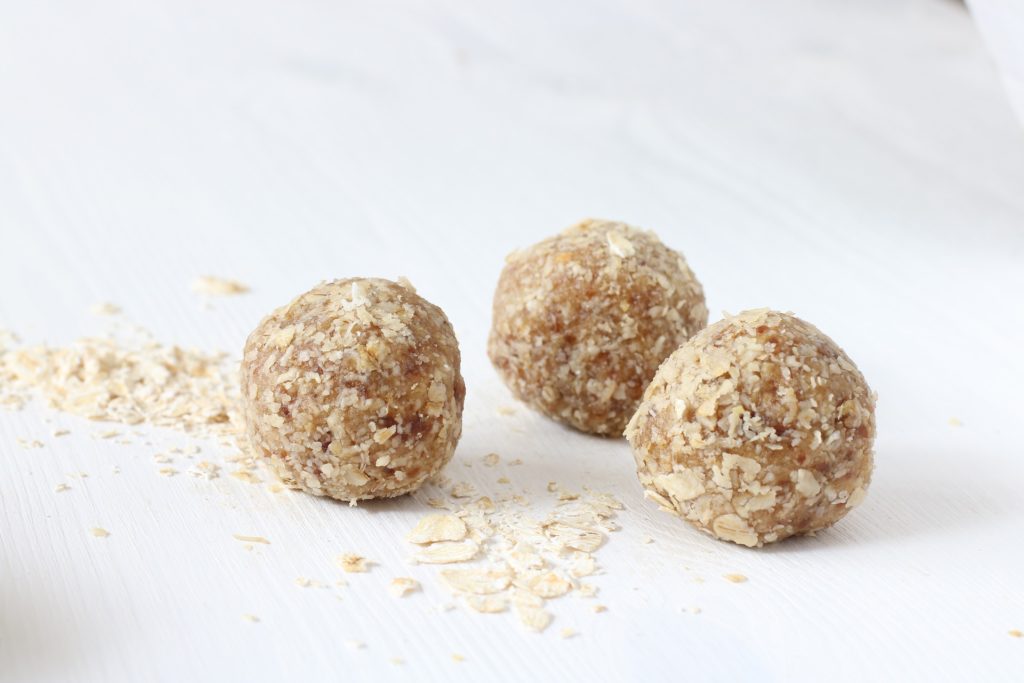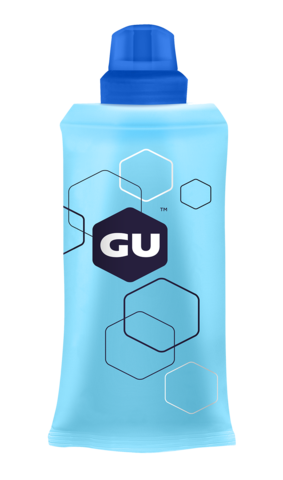We’ve signed up to the plastic-free pledge. Throughout July we need to avoid single use plastics – the packaging used once and chucked away (which means even recyclable plastics are off limits). It’s a bit like lent, but for middle class people who have got fed up of trying to be vegan.
The challenge has been keeping me awake at night. How will I pick up the dog’s poo? What type of reusable cup should I buy? What will I throw up in if I get travel sick on a flight?
Apparently, I’m not flying anywhere this month. And we can make an exception for Sidney [the dog]. I make a note to write a review of reusable cups.
Still, it’s not going to be easy. In fact, in our enforced plastic abstinence I could end up going hungry. What will we eat instead of pasta (it comes in plastic packets the council won’t collect)? What will we drink instead of milk (the milkman says organic is available only in plastic bottles)? The problems with plastic-free living seem endless.
Unable to sleep, I begin to make a list of the other things I might not be able to eat for the next 31 days. There are 23 different items on the page, but pasta, porridge and energy gels are the only ones I have underlined – those are my big concerns.
In the morning, I head to the supermarket and find Quaker Oats come in a box. Pasta also comes in boxes but there is a clear plastic “window” on them. That’s presumably so shoppers can see it is pasta in the box. Because of course consumers are all idiots (how else would you explain the success of Asda, or WH Smith?). Online there are a few plastic-free pasta options; most of them available at Waitrose, natch.
Next on my list are energy gels, which I felt would be the toughest nut to crack. When training, I use three or four a week – or about 12% of the intake the labels suggests. Still, it’s 200-ish gels a year, which amounts to a fair bit of plastic.
I look online for advice. My search takes me to sites covering everything from “the best gels” and “the 24 best homemade energy gels” to “where to put your empty gel wrappers” (down your sports bra, apparently).
The idea of making my own “energy blocks” intrigues me. I remember the frozen chocolate “balls” my wife made (think of a fat ball you put out for the birds in the winter and shrink it to the size of a marble). I dig around in the freezer and find there are a couple left.

Inspired to do my first plastic-free cycle, I head out, my balls safely stored in my back pocket. Forty-five minutes in, I remove one and pop it in my mouth. It’s already soft, and a little gritty for some reason, but tastes better than a gel. Result. However, over the course of the next 45 minutes the other one gradually melts through and down the back of my shorts. I arrive home thankful for choosing black kit.
I look for another option and come across a “customised soft-flask with a high-flow nozzle to make fuelling for long efforts more convenient and less sticky”. It’s basically a reusable pouch for gels. I watch the video to see how it works.
The deal is that I buy a big packet containing 15 servings (480g) and just squeeze as much as I need into the separate pouch. I then wash it out and it’s ready for the next time.
I begin to work out how many times I’ll need to use it before I end up plastic positive (each time I don’t use a gel I save a gram or so of plastic). I give up and order one, as well as the salted caramel flavour gel.
I’ve used it a few times now and it’s certainly easy to use and wash out. The twist cap stops my fingers getting covered in the sugary goo, even when I’m cycling.
However, you have to suck and squeeze pretty hard to get anything out. This is probably less to do with the pouch, and more to do with the gel – which still tastes like, well, gel.
It’s also pretty big, holding five servings, or 160g. That makes it perfect for cycle rides or very long runs. However, it doesn’t fit in my pocket as well as my wife’s balls did.
